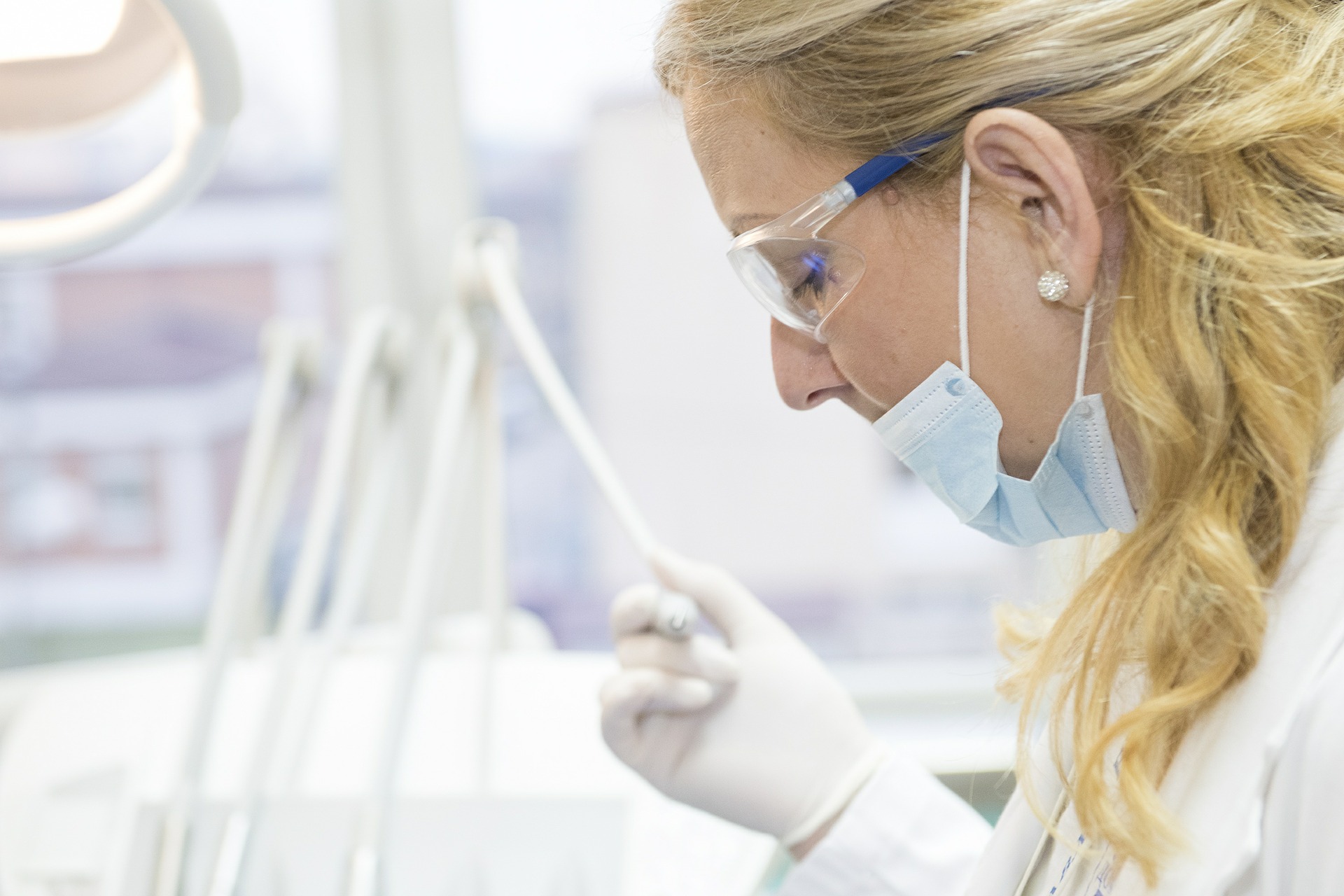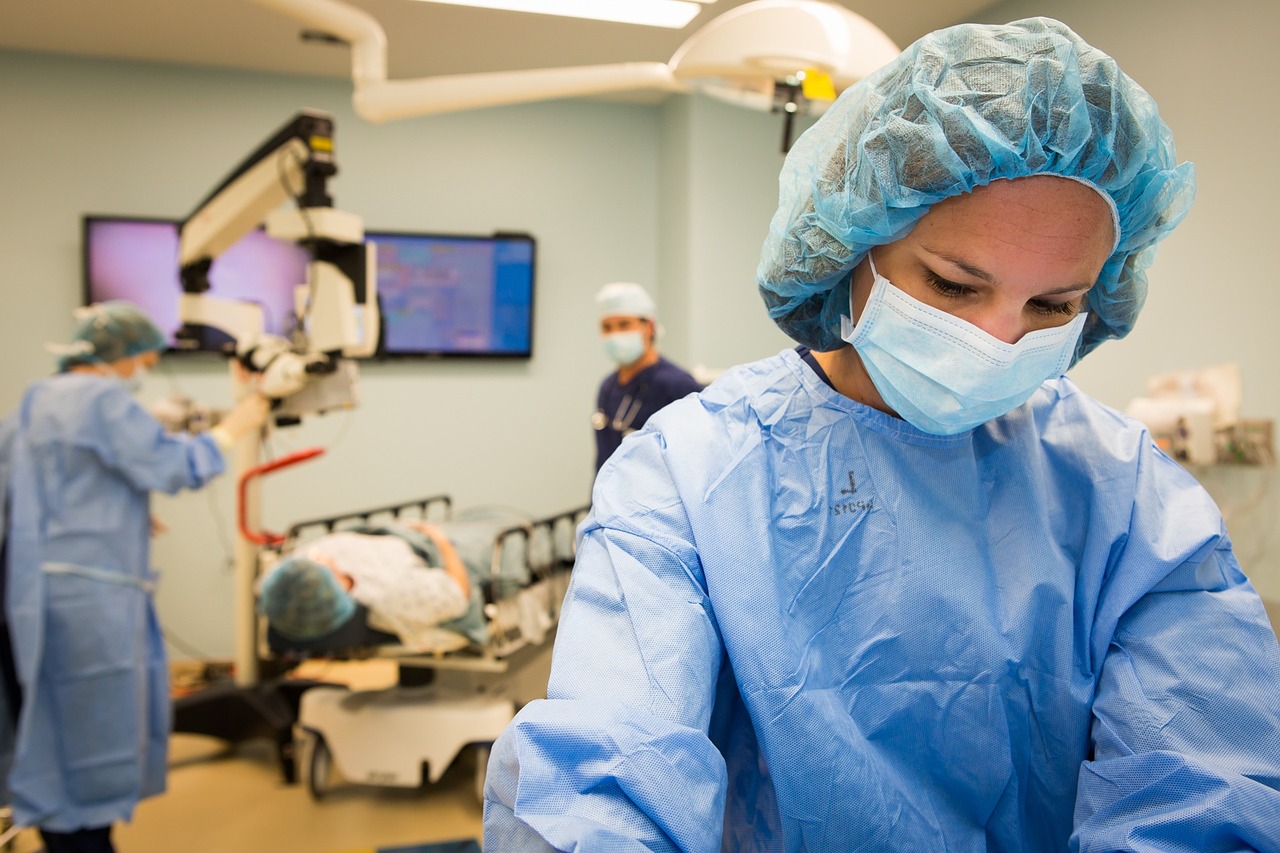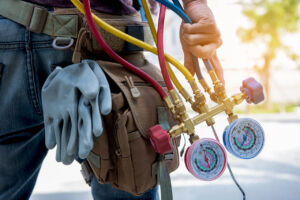Are you concerned about the environment and want to make a difference? Did you know that HVAC technicians can help? Whether it is new technologies that use less energy or innovative devices that harness the sun’s power, HVAC smart technology can make a huge difference in reversing the effects of climate change. So, what is climate change?
What is Climate Change?
Climate change involves the recent shifts in temperature and weather patterns in the last century. Human activities are the leading cause of climate change. The use of fossil fuels coupled with Mother Nature’s reaction to the change in climate has created a runaway greenhouse effect. Whether it is powering our homes or cars with fossil fuels, cutting down forests, or increasing methane emissions from agriculture, something must change before climate change becomes irreversible.
How Does Climate Change Affect Us?
The Earth’s average temperature is now over 1 degree Celsius warmer than over a century ago. The increase in temperature has many effects on the Earth. This includes higher sea levels that reclaim land close to the shores, increased weather events, including more flooding, tornadoes, and hurricanes, and intense droughts causing severe fires in the coastal regions.
Climate change directly impacts our health, land, food production, and safety. Increased greenhouse gases can trap smog in our cities and directly impact our health. Many significant diseases like asthma and bronchiolitis, cardiovascular disease, and cancer can be caused by the smog in the air. Severe droughts can erode topsoil from farmland, causing a reduction in food production. Some island nations are being wiped away from increases in sea level, and the increases in extreme weather can put our safety at risk and cause a mass migration of climate refugees. The time to act is now, and HVAC technicians can help.
Did you know that our HVAC program prepares you for many certifications like the EPA 608 and other ESCO Group certifications? These certifications include:
EPA – 608 – the safe use, removal, and disposal of hazardous refrigerants.
Green Awareness – covers the concepts, terminology, systems, and latest in green mechanical technology for energy efficiency, energy management, HVAC/R, electrical and plumbing.
System Performance – validates your knowledge of how to properly setup an air conditioning or heating system to achieve a good efficiency rating.
Duct and Envelope Testing – to prove compliance with the International Energy Code
R-410A – address the issues of safe handling of R-410A refrigerant
Gas Heat – certifies those that maintain, service, and install gas heating systems.
Refrigeration and Charging Procedures – certifies knowledge of accurately performing system installation, repair and charging modern refrigeration equipment.
Hydrocarbon Refrigerants Certification of Completion – the EPA Significant New Alternative Program (SNAP) list of acceptable refrigerants, use and application.
At the end of the training program, you are encouraged to take the ESCO Group “Employment Ready Certifications.”
What is Green Awareness?
Green awareness is the first step in reversing climate change. Green awareness is an understanding of humans’ changes to the environment and the importance of protecting our way of life. The green awareness mindset includes our society, politics, and economics, and the need to take urgent action through innovative solutions is what the green awareness movement is all about.
How Can HVAC Help Climate Change?
There are many environmental benefits that HVAC smart technology can help with. Smart technology is energy efficient and can save energy. It is convenient and can use machine learning to improve the environment in the home without human intervention. It can be a set-and-forget system that is convenient. In addition to saving energy, smart technology can help save money that can be used in environmentally friendly ways, like electric cars and solar panels. HVAC smart technology can help reverse climate change and support the green awareness movement through the following innovations:
Smart Homes
Smart homes have appliances, lighting, heating, and electronic devices that can be controlled remotely. While connected to the Internet of Things (IoT), this smart home can reduce its carbon footprint while creating a more comfortable climate for the residents.
Smart Appliances – can sync with other smart technologies to reduce energy usage. For example, the smart thermostat may reduce the heat in the home while the smart oven is on. The smart thermostat can reduce energy consumption while the oven is heating the house. A smart refrigerator can let the resident know when refrigerants need to be added or if refrigerant is leaking into the atmosphere. This can help reduce greenhouse gases and reduce climate change.
Smart Lighting – can be set on a schedule or synced with your home occupation. Smart lights can turn off when no one is home or minimize light during the daytime. This helps reduce the amount of energy consumed by the home’s lighting.
Smart Heating – residents can connect their radiator to the Internet to control the temperature in the home. Smart heaters can work with other smart devices in the home to reduce energy consumption and save money.
Smart Thermostats – if you want to control the climate in your home, using a smart thermostat can help. With machine learning, the smart thermostat can learn the resident’s habits and create the most efficient and economical settings for the climate in the home. As you move around the home, the thermostat changes the environment in the different zones of the house. This can help you save money and reduce energy use in your home.
Solar Panels – convert clean sunlight energy into electrical energy through photovoltaic panels. When the silicon of a solar panel is exposed to the photons from the sun, it releases electrons that produce an electric charge. This electricity is used within the home or sold back to the grid.
Converting clean energy into electricity instead of using fossil fuels helps improve climate change and follows the green awareness movement.
What is the Internet of Things (IoT)?
The Internet of Things is a collection of physical objects with sensors, programmable control logic, software, and smart technology. These objects are connected to Wi-Fi or Bluetooth and exchange data over the Internet. Many of our smart thermostats and solar panels in our smart home can work together with the help of the Internet of Things to save energy and money for home residents. IoT is a technology that is helping us fight the effects of climate change.
Final Thoughts
Ready to make a difference in the climate change flight? Want to join the green awareness movement and create a cleaner environment? If this sounds like you, becoming an HVAC technician may be the right career path for you. Learn about new technologies as an HVAC technician and help others save energy and money. It’s a win-win.
HVAC Technician Diploma
Want to achieve HVAC certifications to start a rewarding career as an HVAC technician in Texas? With more than two decades of success in the medical, health, and IT sectors, we added an HVAC course to our curriculum. We proudly announce that we have flexible day and evening classes for the HVAC program.
CyberTex’s HVAC program can be completed in as little as 11 months by attending full-time with the flexibility of day and evening classes. With our training, you can take the EPA–608 certification from the US Environmental Protection Agency.
Want to learn more? Contact us today.





